Accidentally melting plastic onto your dishwasher coil can be a frustrating issue, leaving behind unpleasant odors and potentially affecting the performance of your appliance. However, with the right approach, you can safely and effectively remove the melted plastic without causing damage.
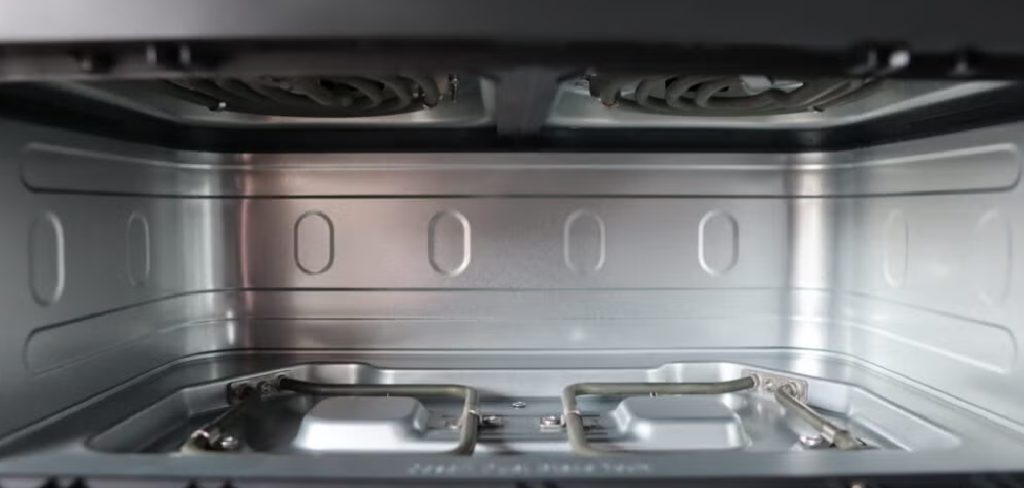
This guide on how to get melted plastic off dishwasher coil will walk you through the steps to clean your dishwasher coil and restore it to its optimal condition.
Why is it Important to Get Melted Plastic Off Dishwasher Coil?
Melting plastic onto your dishwasher coil can not only leave behind a lingering odor, but it can also affect the performance of your appliance. The melted plastic may impede airflow and disrupt the proper functioning of the heating element, leading to inefficient cleaning and potentially causing damage over time.
Additionally, leaving the melted plastic on the coil can accelerate corrosion and rust, further affecting the lifespan of your dishwasher.
Materials You Will Need
To effectively remove melted plastic from your dishwasher coil, you will need the following materials:
- A Pair of Rubber Gloves to Protect Your Hands
- A Plastic Scraper or Credit Card to Gently Scrape Off the Melted Plastic
- A Can of Compressed Air to Blow Off Any Loose Plastic Particles
- A Non-abrasive Cleaner, Such as Dish Soap or White Vinegar
- A Soft Cloth or Sponge for Cleaning
8 Step-by-step Guides on How to Get Melted Plastic Off Dishwasher Coil
Step 1: Disconnect the Power
Before attempting to remove the melted plastic from your dishwasher coil, it’s crucial to prioritize safety. Start by turning off the dishwasher and unplugging it from the electrical outlet. If your dishwasher is hardwired, locate the circuit breaker panel and switch off the breaker that controls the dishwasher.
This will prevent any risk of electrical shock or further damage while you work on the appliance. Always ensure the power is completely disconnected before proceeding to the next steps.
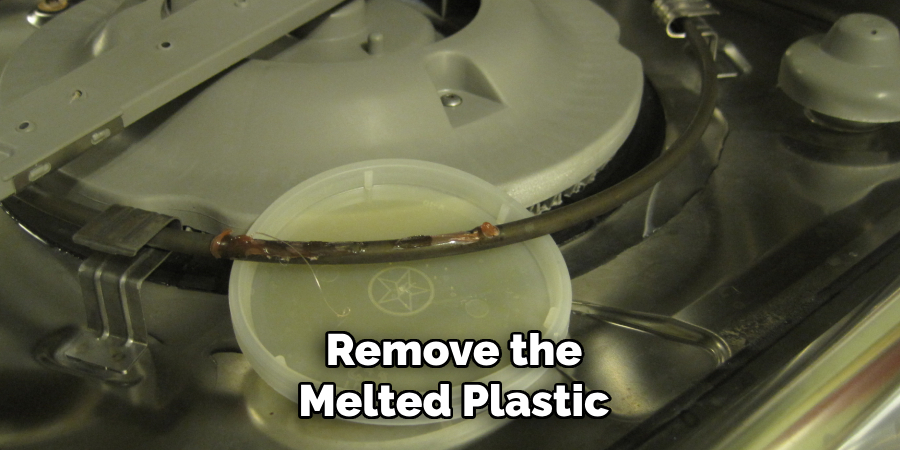
Step 2: Let the Dishwasher Coil Cool Down
After disconnecting the power, allow the dishwasher coil to cool completely before attempting any cleaning. Trying to remove melted plastic while the coil is still hot can lead to burns or cause the plastic to smear further, making it more difficult to clean.
It may take 30 minutes to an hour for the coil to cool down fully. During this time, avoid touching the coil to check its temperature. Use this waiting period to gather your cleaning materials and prepare your workspace for the next steps.
Step 3: Put On Rubber Gloves
Once the dishwasher coil has cooled down completely, put on a pair of rubber gloves to protect your hands during the cleaning process, rubber gloves provide a barrier against any sharp edges, residue, or chemical cleaners you may encounter.
Ensuring your safety is essential, especially when handling tools or dealing with hardened plastic. With your gloves securely on, you’re ready to proceed with the removal of the melted plastic.
Step 4: Use a Plastic Scraper or Credit Card to Gently Scrape Off the Melted Plastic
With your gloves on, take your plastic scraper or credit card and gently scrape off as much of the melted plastic as you can. Start from the edges and work your way towards the center of the coil. Be careful not to scratch or damage the coil while scraping.
If there are any hardened pieces that are difficult to remove, you may need to apply a bit more pressure. However, be cautious not to use too much force as it can damage the coil.
Step 5: Blow Off Any Loose Plastic Particles with Compressed Air
After scraping off most of the melted plastic, use compressed air to blow off any remaining loose particles or debris from the coil. Hold the can of compressed air at least six inches away from the coil and spray in short bursts to avoid damaging any sensitive components.
This step will help remove smaller pieces of melted plastic that may have become stuck in crevices or hard-to-reach areas of the coil. If you don’t have access to compressed air, you can also use a vacuum cleaner with a hose attachment to remove the loose particles.
Step 6: Clean the Coil with a Non-abrasive Cleaner
After removing the majority of the melted plastic, you can now clean the coil with a non-abrasive cleaner. Dish soap or white vinegar are excellent options for this step. Dilute either one in warm water and use a soft cloth or sponge to gently scrub the coil.
Avoid using harsh chemicals or abrasive cleaners as they can damage the coil’s surface. Additionally, make sure not to get any liquid into the dishwasher’s control panel or other sensitive components while cleaning.
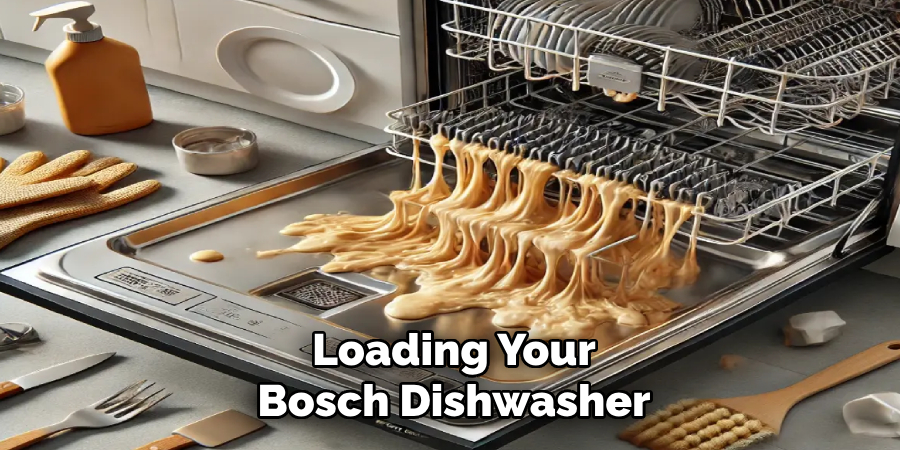
Step 7: Rinse and Dry Thoroughly
Once you’ve cleaned the coil, make sure to rinse it thoroughly with clean water to remove any remaining residue or cleaning solution. Use a dry cloth or paper towel to wipe down the coil and remove any excess moisture.
It’s crucial to ensure the coil is completely dry before reconnecting the power and using your dishwasher again.
Step 8: Reconnect Power and Test Your Dishwasher
After following all the previous steps, you can now reconnect the power to your dishwasher and test it out. Once turned on, run a cycle without dishes to make sure everything is working correctly. If you notice any unusual smells or noises while running the dishwasher, turn it off immediately and inspect for any leftover melted plastic.
If you still find some remaining plastic on the coil, repeat the previous steps until it’s completely removed.
Following these steps on how to get melted plastic off dishwasher coil will help you effectively remove melted plastic from your dishwasher coil and ensure the proper functioning of your appliance. Remember to prioritize safety and avoid using harsh chemicals or abrasive cleaners during this process. With a little bit of patience and the right materials, your dishwasher will be back to normal in no time!
Preventing Melted Plastic from Sticking to Your Dishwasher Coil
To avoid having to deal with melted plastic on your dishwasher coil in the future, here are a few tips to prevent it from sticking:
- Check your dishwasher before running a cycle to ensure there are no plastic items inside.
- Avoid placing plastic containers or utensils on the heating element of your dishwasher.
- Use heat-resistant and dishwasher-safe plastics for any items you put in the dishwasher.
- Regularly clean and maintain your dishwasher to prevent any buildup that may cause plastic to melt and stick.
When to Call a Professional
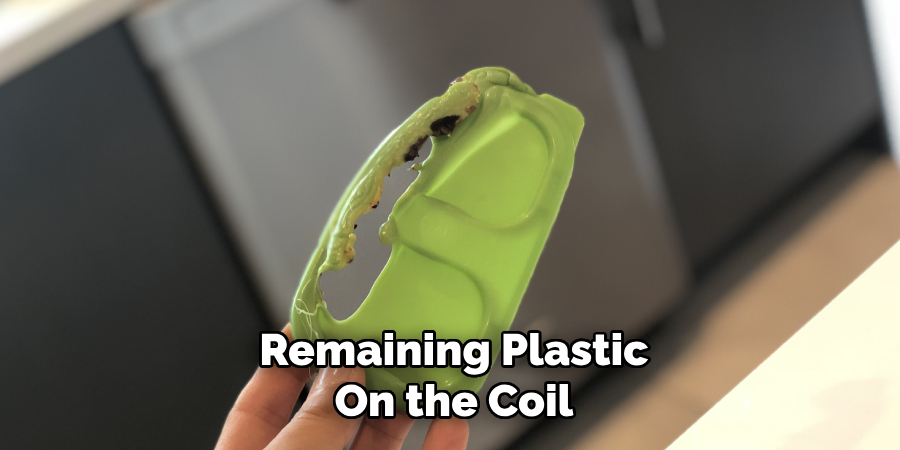
While the steps above can help you remove melted plastic from your dishwasher coil safely and efficiently, there are situations where calling a professional is the best course of action.
If you notice significant damage to the coil or other components of your dishwasher, such as cracks, burns, or warping, it may require expert repair or replacement. Additionally, if you experience electrical issues, such as tripped breakers or unusual power fluctuations during the cleaning process, avoid reconnecting the dishwasher and consult a qualified technician.
Another reason to involve a professional is if the melted plastic has caused a lingering odor or residual particles that persist even after thorough cleaning.
A technician can carefully inspect and address any hidden damage or lingering contamination. Lastly, if you feel unsure or uncomfortable completing any of the steps, it’s always better to err on the side of caution and seek professional assistance to avoid further complications or damage to your appliance.
Frequently Asked Questions
Q: Can I Use a Regular Scraper to Remove Melted Plastic From My Dishwasher Coil?
A: It’s best to use a plastic scraper or credit card to avoid scratching or damaging the coil. However, if you do not have either of those options, a regular scraper can be used, but make sure to be extra gentle and cautious while scraping.
Q: Is it Safe to Use Harsh Chemicals or Abrasive Cleaners on My Dishwasher Coil?
A: No, it’s essential to avoid harsh chemicals and abrasive cleaners as they can damage the coil’s surface. Stick to non-abrasive cleaners like dish soap or white vinegar diluted in warm water.
Q: Can I Use a Hairdryer Instead of Compressed Air?
A: Yes, you can use a hairdryer set on low heat instead of compressed air. However, make sure not to get too close to the coil and only use short bursts of air to avoid damaging any sensitive components.
Q: How Often Should I Clean My Dishwasher Coil?
A: It’s recommended to clean your dishwasher coil at least once every six months or more frequently if you notice any buildup. Regular maintenance can help prevent melted plastic from sticking to the coil and ensure the proper functioning of your dishwasher.
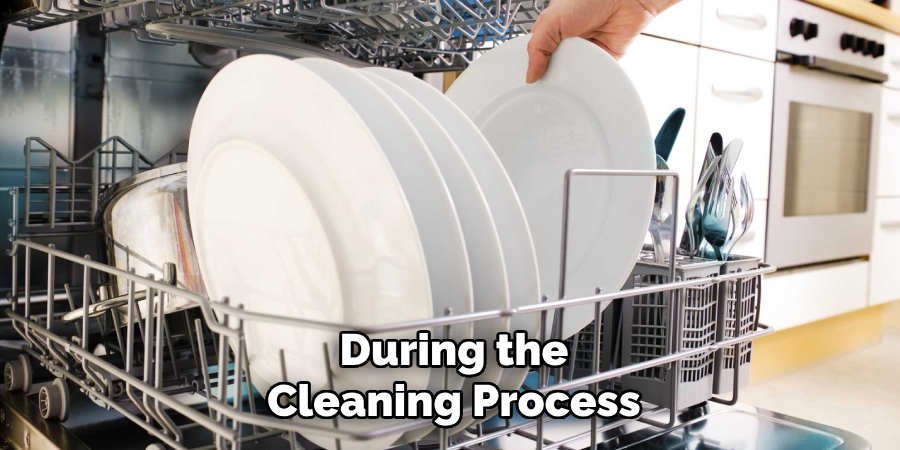
Conclusion
Dealing with melted plastic on your dishwasher coil can be an inconvenient and frustrating experience, but by following the steps outlined in this guide on how to get melted plastic off dishwasher coil, you can safely and effectively resolve the issue. Remember to prioritize safety throughout the process, use the appropriate tools and cleaners, and take preventive measures to avoid similar problems in the future.
Regular maintenance and routine checks of your dishwasher can go a long way in ensuring its longevity and optimal performance. By taking proper care of your appliance, you can enjoy a reliable and hassle-free dishwashing experience for years to come.
Professional Focus
Angela Ervin, a former interior designer turned blogger, specializes in kitchen design and renovations. Through her website, she blends her passion for cooking with design expertise, sharing practical and creative ideas. Known for balancing functionality and beauty, Angela’s insightful content has made her a trusted voice in home design and lifestyle.
About the Author
Angela Ervin, an experienced interior designer and blogger, combines her passion for kitchen renovations with storytelling. Living in Petersburg with her family, she enjoys cooking and testing her projects firsthand. Known for her humor and relatable style, Angela shares creative, functional design insights through her content, making her a trusted voice in home design.
Education History
University: Virginia Commonwealth University
Degree: Bachelor of Fine Arts (BFA) in Interior Design
- Angela’s education at VCU focused on mastering core interior design principles, including spatial planning, color theory, materials selection, and sustainable design practices.
- She gained hands-on experience through studio projects and collaborative design exercises, which honed her ability to create functional and aesthetically pleasing environments.
- Her coursework also emphasized problem-solving and practical applications of design, preparing her for real-world projects like her self-directed kitchen renovations.
- The program’s strong foundation in both technical skills and creative expression shaped Angela’s ability to seamlessly integrate form and function in her work.
